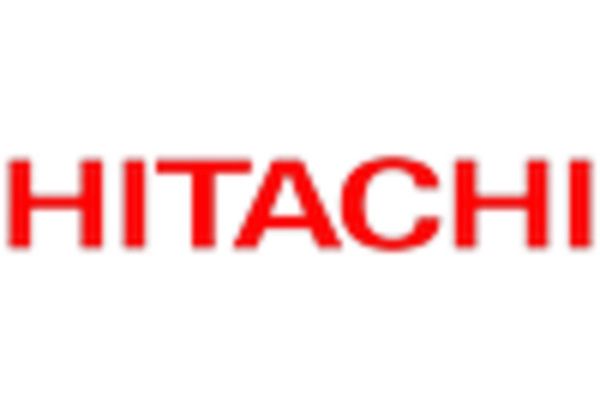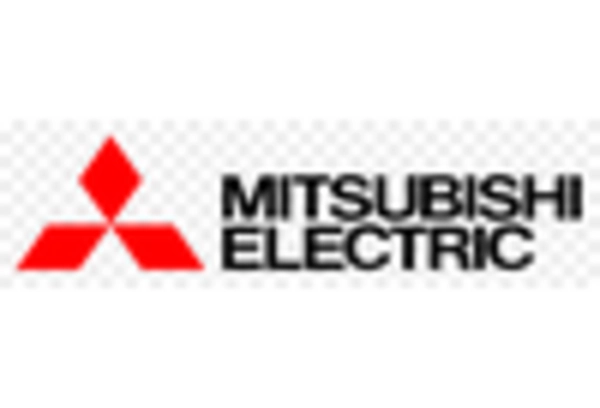Urbanization and Population Growth
The rapid urbanization and population growth in the US are driving the elevators market. As cities expand and more people move into urban areas, the demand for high-rise buildings increases. This trend necessitates the installation of elevators to facilitate vertical transportation. According to recent data, urban areas are projected to house approximately 85% of the US population by 2050. Consequently, the elevators market is expected to experience substantial growth, with an estimated increase in demand for new installations and modernization of existing systems. The need for efficient transportation solutions in densely populated areas is likely to propel investments in the elevators market, as developers seek to enhance accessibility and convenience for residents and businesses alike.
Increased Focus on Energy Efficiency
The growing emphasis on energy efficiency is a key driver for the elevators market. With rising energy costs and environmental concerns, building owners are increasingly seeking energy-efficient elevator systems. These systems not only reduce operational costs but also align with sustainability goals. The elevators market is witnessing a shift towards the adoption of regenerative drives and energy-efficient motors, which can significantly lower energy consumption. According to estimates, energy-efficient elevators can reduce energy usage by up to 50%. This trend is likely to encourage manufacturers to innovate and develop more sustainable solutions, thereby enhancing their competitive edge in the market.
Regulatory Compliance and Safety Standards
Regulatory compliance and safety standards play a crucial role in shaping the elevators market. The US has stringent regulations governing elevator installation, maintenance, and operation, which are designed to ensure the safety of users. Compliance with these regulations often requires significant investment from manufacturers and building owners, thereby influencing market dynamics. The elevators market must continuously adapt to evolving safety standards, which may include the integration of advanced monitoring systems and regular inspections. As safety remains a top priority, adherence to these regulations is likely to drive demand for modernized systems and new installations, ultimately contributing to market growth.
Technological Advancements in Elevator Systems
Technological advancements are significantly influencing the elevators market. Innovations such as smart elevators, which utilize IoT technology for enhanced efficiency and user experience, are becoming increasingly prevalent. These systems can optimize energy consumption and reduce wait times, appealing to both consumers and building owners. The market for smart elevators is projected to grow at a CAGR of around 10% over the next five years. Additionally, advancements in safety features, such as emergency communication systems and advanced braking mechanisms, are likely to enhance consumer confidence in elevator usage. As technology continues to evolve, the elevators market is expected to adapt, leading to increased competition and improved service offerings.
Rising Construction Activities and Infrastructure Development
Rising construction activities and infrastructure development in the US are pivotal drivers of the elevators market. As the economy continues to recover and expand, there is a notable increase in the construction of commercial and residential buildings. This surge in construction activity necessitates the installation of elevators to meet the demands of modern architecture and urban living. The elevators market is expected to benefit from this trend, with projections indicating a growth rate of approximately 6% annually over the next few years. Furthermore, government initiatives aimed at improving infrastructure are likely to further stimulate demand for elevators, as new projects often require advanced vertical transportation solutions.

















Leave a Comment